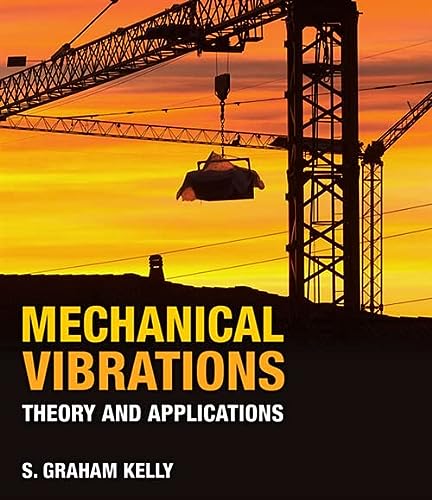Answered step by step
Verified Expert Solution
Question
1 Approved Answer
constant 2.71 x 104 N/m. The mass is lifed then released, allowing it to oscillate. Air resistance on the oscillating mass is represented by

constant 2.71 x 104 N/m. The mass is lifed then released, allowing it to oscillate. Air resistance on the oscillating mass is represented by a damping coefficient of 2.4 N-s/m. a. Determine the frequency of the damped oscillation. f Hz b. Determine the percentage decrease in the amplitude of the damped oscillation per cycle. Hint 1: For damped oscillations, amplitude varies as a function of time A(t) = Age (b/2m)t, where Ao is the initial amplitude. Hint 2: percent decrease = (original value - new value)/(original value) percent decrease = % c. How much time passes from when the mass is released until the energy of the mass-spring system decreases to 12.5 % of its initial value? Hint 3: The initial energy of the mass spring system is all eleastic potential energy. EPE = 1/2 k A02. Consider that amplitude varies as A(t) = Age (b/2m)t
Step by Step Solution
There are 3 Steps involved in it
Step: 1

Get Instant Access to Expert-Tailored Solutions
See step-by-step solutions with expert insights and AI powered tools for academic success
Step: 2

Step: 3

Ace Your Homework with AI
Get the answers you need in no time with our AI-driven, step-by-step assistance
Get Started


